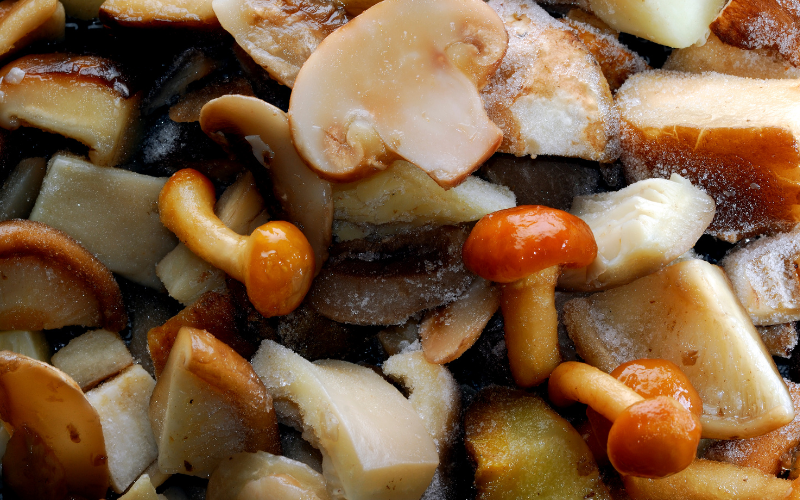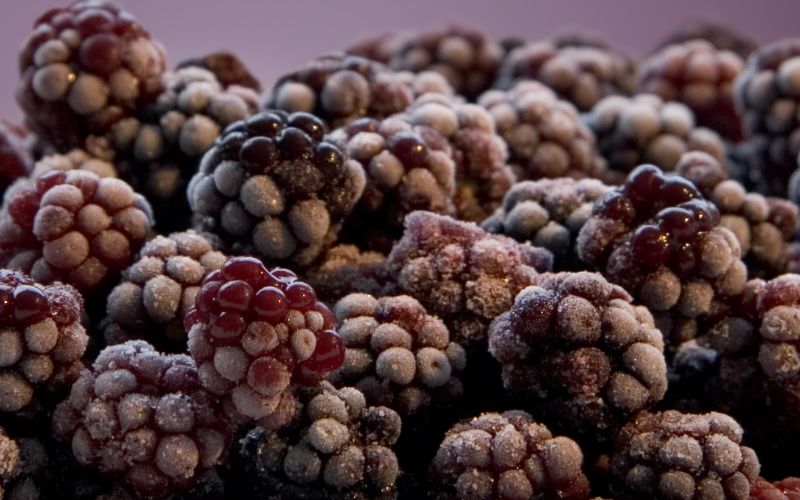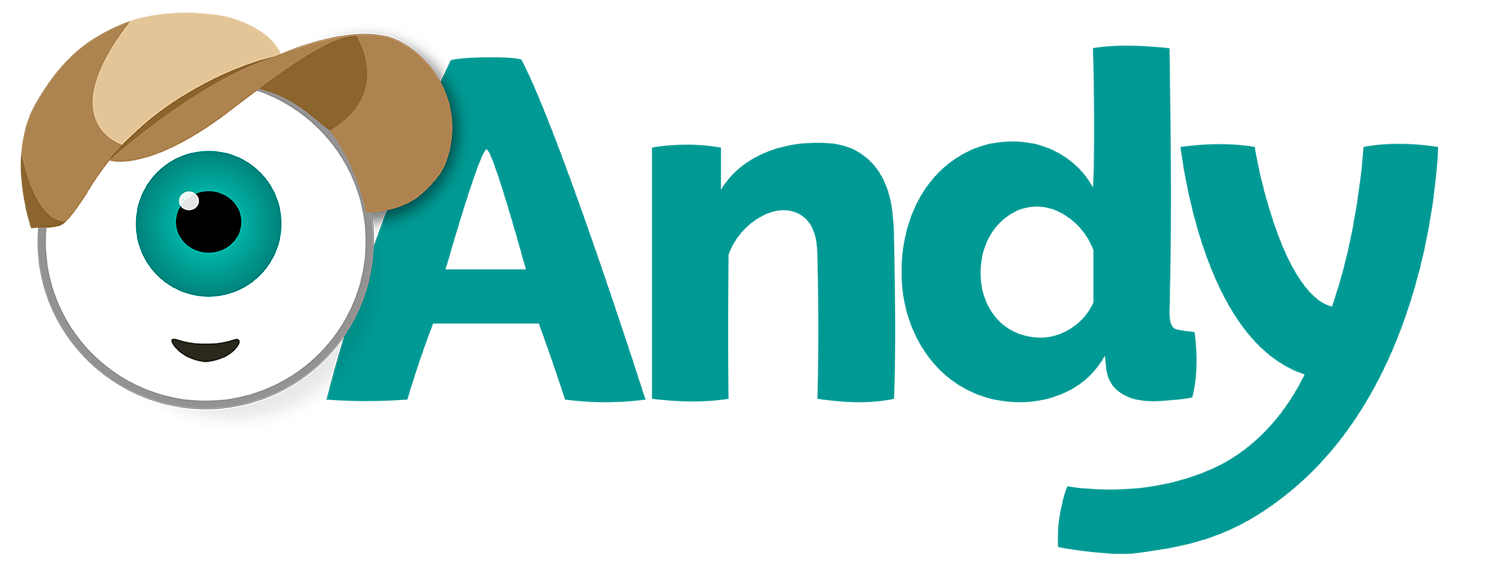Thawing food in food service businesses: correct and safe procedures

Do your teams follow a clear, methodical, and safe process for thawing food in your kitchens?
If there is confusion and disagreement about how to thaw food in your food service business, keep in mind that you are not the only establishment that has doubts!
However, thawing food correctly in commercial kitchens is a much more important process than is often realised.
Improper thawing can compromise the quality and safety of food, increasing the risk of bacterial contamination and the growth of pathogens.
It is essential to follow safe and legal procedures to ensure food safety and protect the health of customers.
In this article, we want to explore the safe and legally acceptable procedures for thawing food in the food service industry and how to comply with the established regulations.
Here are some of the key points covered in the article:
- Different methods of thawing food and their advantages and disadvantages.
- Importance of following safe food handling practices during thawing.
- Legal requirements for thawing food in commercial kitchens.
- Tips for ensuring that food is thawed safely and efficiently.
By following the guidelines in this article, you can help to ensure that your business complies with food safety regulations and that your customers are served safe and delicious food.
Legal requirements for thawing food in commercial kitchens
Did you know that in our native Spain there are specific regulations and rules governing the thawing of food in food and catering establishments?
These regulations aim to safeguard food safety and ensure that food is thawed properly. They establish the legal requirements and procedures that must be followed for the safe handling of food, including thawing.
Some of the most relevant regulations for thawing food in restaurants include Regulation (EC) 852/2004 on the hygiene of foodstuffs and Royal Decree 202/2000 on the hygiene of foodstuffs.
Restaurant owners and operators have a legal responsibility to comply with these regulations and ensure that food is thawed properly. This involves following proper procedures, implementing control and monitoring measures, and ensuring staff are trained and aware of the risks associated with improper thawing.
What about other countries?
While it’s hard for us to outline here all legal requirements for all regions, the following list might give you an indication should you need to find out more information:
European Union:
- EU General Food Law (Regulation (EC) No 178/2002): Establishes general principles for ensuring food safety throughout the food chain.
- EU Hygiene Regulation (Regulation (EC) No 852/2004): Sets specific requirements for food businesses, including temperature control during thawing.
- National regulations: Each EU member state may have additional requirements regarding food thawing. Checking with your local food safety authority is crucial.
United States:
- FDA Food Code: Provides recommendations for safe food handling practices, including proper thawing methods and temperatures.
- State and local regulations: Specific details can vary depending on your location. Consult your local health department for specific requirements.
Other Countries:
- Canada: Canadian Food Inspection Agency (CFIA) guidelines outline safe food handling practices.
- Australia: Food Standards Code provides guidance on safe food handling, including thawing.
- Japan: The Japanese Ministry of Health, Labour and Welfare (MHLW) sets food safety regulations.
General Principles in all countries:
- Maintain food safety and prevent pathogens: Thawing methods should prevent bacterial growth and maintain food quality.
- Control temperature: Rapid thawing methods like water baths must be controlled to avoid exceeding safe temperatures.
- Monitor and record: Keeping logs of thawing times and temperatures demonstrates compliance with regulations.
- Use approved methods: Stick to thawing methods outlined in official guidelines or regulations.
Remember: Always consult with relevant authorities and qualified professionals to ensure specific compliance with local regulations and best practices for food safety in your location.
Disclaimer: This information is for general educational purposes only and is not a substitute for professional legal advice. Please consult with an attorney for specific legal questions.
Safe Procedures for Thawing Food in Food Service Kitchens
Refrigerator thawing
This method involves placing frozen food in the refrigerator and allowing it to thaw slowly at controlled temperatures. It is one of the safest methods, as it keeps food out of the “danger zone” temperature, where bacteria can grow rapidly. It is important to make sure that food is stored in suitable containers to prevent cross-contamination.
Cold Water thawing
In this method, food is placed in an airtight container and submerged in cold water. It is essential to change the water every so often to keep it at a safe temperature. Cold water thawing is faster than in the refrigerator, but care should be taken not to leave food at room temperature for too long, as this could promote bacterial growth.
Microwave thawing
Some foods can be thawed in the microwave using the appropriate setting. However, it is important to follow the manufacturer’s instructions and ensure that food is cooked immediately after thawing to prevent bacterial growth.
It is essential to remember that food should NEVER be thawed at room temperature, as this allows bacteria to grow rapidly and increases the risk of food poisoning.
Here are some additional tips for safe thawing:
- Always thaw food in the refrigerator, cold water, or microwave.
- Do not thaw food at room temperature.
- Thaw food in a sealed container to prevent cross-contamination.
- Cook food immediately after thawing.
- If you are unsure how to thaw food safely, consult with a food safety expert.

Good practices for thawing food in food service kitchens
In addition to following safe thawing procedures, it is important to follow some good practices throughout the process.
Here are some key recommendations:
- Proper storage: Before thawing, frozen foods should be stored in separate and properly labeled areas to prevent cross-contamination. Raw foods should be kept separate from cooked or ready-to-eat foods.
- Constant monitoring: During the thawing process, constant monitoring is recommended to ensure that food is kept at safe temperatures and not exposed to conditions that promote bacterial growth.
- Safe handling: After thawing, it is essential to handle food safely. This involves washing hands regularly, using clean utensils, and avoiding prolonged exposure to room temperature.
- Proper cooking: After thawing, food should be cooked properly to ensure that all potentially harmful bacteria are eliminated. This helps ensure food safety and reduces the risk of foodborne illness.
Safe labelling and storage of thawed foods
Once food has been thawed safely, it is important to follow proper labeling and storage practices to maintain its safety and quality.
Some key recommendations are:
- Proper labelling: After thawing, food should be clearly labeled with the thaw date and product name. This helps track how much time has passed since thawing and avoids confusion about the freshness of the food.
- Proper storage: Thawed foods should be stored in airtight containers or suitable packaging to prevent contamination and spoilage. It is recommended to use containers with lids or safe storage bags to keep food protected.
- Storage time: It is important to note that thawed foods have a limited shelf life. They should be consumed as soon as possible or refrigerated properly to prevent bacterial growth. Consult the specific storage recommendations for each type of food.

Proper Post-Thawing Cooking Procedures
After thawing food, it is important to follow proper cooking procedures to ensure its complete safety.
Some important considerations are:
- Internal temperatures: Make sure to cook thawed foods to the recommended internal temperatures for each type of food. This helps eliminate any bacteria or pathogens that may have been present during the thawing process.
- Cooking time: Make sure to cook food for a long enough time to ensure that it is completely cooked. This is especially important for meats and poultry, where specific internal temperatures must be reached to ensure the destruction of any bacteria or pathogens.
- Cooking process control: Monitor the cooking process closely to ensure that food is cooked evenly and completely. Use cooking thermometers to check internal temperatures and ensure that adequate food safety levels are reached.
Implementation of Monitoring and Recording Systems
It is recommended to implement monitoring and recording systems to keep a detailed record of food thawing procedures.
Some useful practices include:
Date and Time Recording: Keep an accurate record of the dates and times food is thawed. This is useful for tracking and ensuring that safety deadlines are met.
Temperature Records: If you use temperature-controlled thawing equipment, record temperature readings regularly to ensure they stay within safe ranges.
Supervision Records: Record who is responsible for supervising the thawing process and any action taken to ensure its safety. This helps to establish responsibilities and provides clear documentation for future reference.
The implementation of monitoring and recording systems provides greater security and allows for better traceability of thawed foods. This is especially valuable in complying with regulations and regulations, as well as for internal monitoring of good food handling practices.
Remember that safe food thawing in restaurants is essential to ensure food safety and protect the health of customers. By following proper procedures, training staff, and keeping detailed records, establishments can minimise risks and offer safe, high-quality food.
Training your teams to thaw food properly
Kitchen and service staff should be properly trained in safe thawing procedures and good food handling practices.
These include:
- Knowledge of Procedures: Staff should understand the safe methods of thawing and how to implement them correctly. This ensures that guidelines are followed and the risk of food contamination or spoilage is avoided.
- Hygiene Practices: Staff must follow rigorous hygiene practices, such as regular hand washing, using clean utensils, and keeping work areas clean and sanitized.
- Supervision and Reinforcement: Those responsible for the establishment should regularly supervise and reinforce safe thawing and food handling practices. This ensures that standards are met and potential areas for improvement are identified.
Staff training and awareness are essential to ensure food safety during the food thawing process in restaurants.
By investing in training and maintaining a food safety culture, establishments can minimize the risks of contamination and ensure the quality of the food served to their customers.
But, there is something else that can help you create that food safety culture and minimise the risks of contamination when thawing food in restaurants: our digital food safety assistant: Andy.
How can Andy help you ensure that thawing is carried out correctly?
Andy is the leading digital assistant for the hospitality and food service industries, and it has been designed to ensure that thawing processes are carried out correctly in restaurant kitchens, among many other functions!
Here are some of the ways Andy can help you thaw food in restaurants correctly:
Reminders and alerts: Andy can send automatic reminders and alerts to kitchen staff about thawing procedures. This helps to avoid forgetfulness and ensures that food is thawed at the right time.
Detailed instructions: Andy can provide detailed instructions on the appropriate thawing times and temperatures for different types of food. This ensures that recommended guidelines are followed and avoids exposure to dangerous temperatures that can promote bacterial growth.
Access to up-to-date information: Andy can provide quick and easy access to up-to-date information on regulations and regulations related to food thawing. This helps staff stay informed and comply with legal requirements.
Data logging and tracking: Andy can help track and record thawing procedures. This includes recording the dates, times, and temperatures of thawing, as well as any actions taken to ensure food safety. These records can be useful for internal audits, regulatory compliance, and data analysis.
Staff training: Andy can provide ongoing training to kitchen staff on proper thawing procedures. This includes providing information on best practices, associated risks, and safety precautions to take during the process.
By using Andy, you will improve the efficiency and accuracy of your thawing processes, minimising the risks of contamination and guaranteeing food safety at all times.
Remember that Andy is designed to be a support tool in food safety management, providing guidance and assistance in real-time.
Its implementation in restaurant kitchens can make a difference in meeting quality standards and customer satisfaction.
👉🏽START YOUR FREE TRIAL HERE👈🏽

